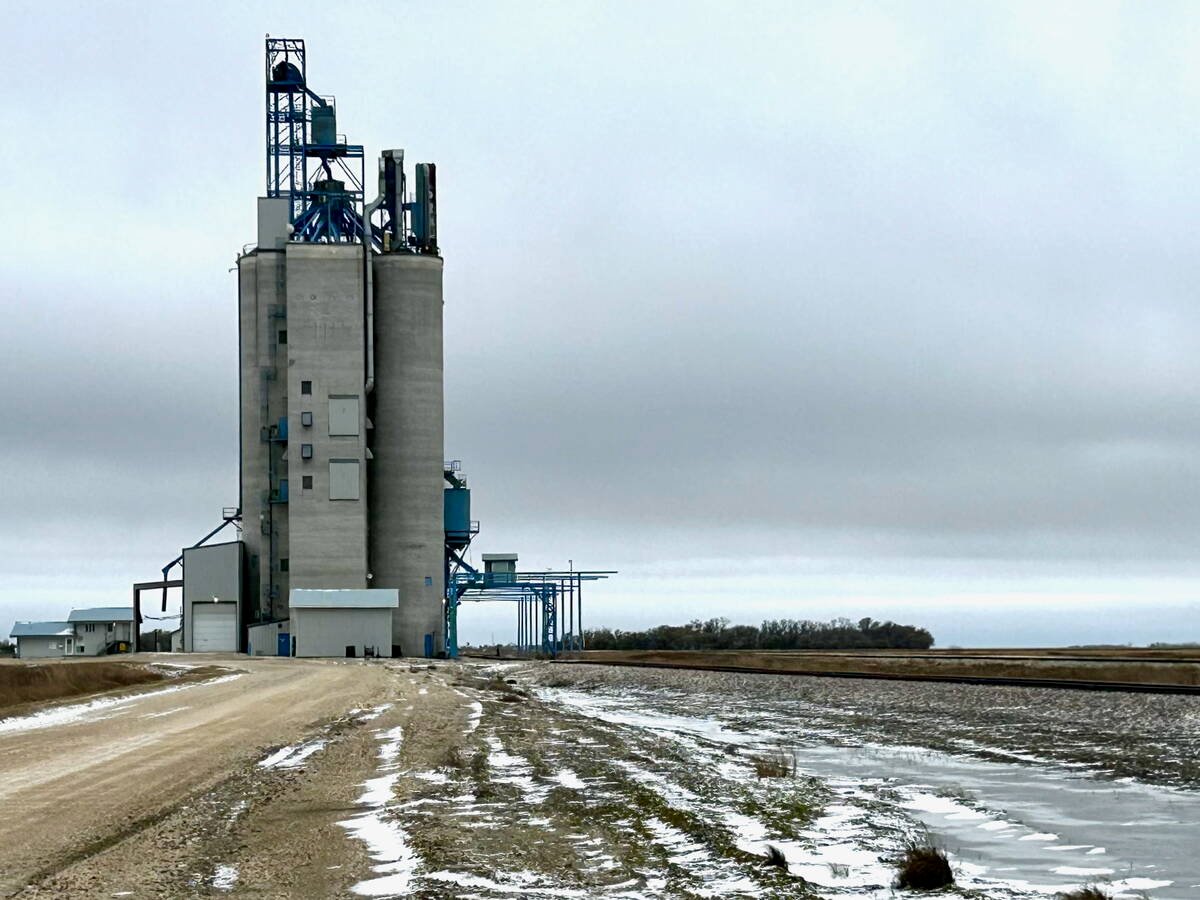SASKATOON — United States oil industry and biofuel groups are pushing for a massive increase in the country’s biodiesel and renewable diesel mandate.
A coalition, led by the American Petroleum Institute, is asking the U.S. Environmental Protection Agency (EPA) to set the biomass-based diesel Renewable Volume Obligation (RVO) at 5.25 billion gallons for 2026.
That would be a whopping 57 per cent increase over the 2025 mandate of 3.35 billion gallons.
Read Also

Manitoba grain elevator ownership expands
Carman-based Linear Grain buys Fannystelle elevator from Bunge, another three elevators sold to Morden’s BP & Sons Grain and Storage Inc.
“An increase of that magnitude certainly has the potential to help support biofuel feedstock demand in North America,” said Chris Vervaet, executive director of the Canadian Oilseed Processors Association.
“Certainly, an increased RVO does provide a potential opportunity for us to see our volumes of canola oil continue to move to the United States.”
The problem is that Canadian canola oil no longer qualifies for the U.S. 45Z biofuel production tax credit that was revised on Jan. 1, 2025.
That’s severely limiting demand for the Canadian feedstock. The amount of canola oil used for biofuel production in January 2025 was 193 million pounds, down from 524 million pounds in December, according to the U.S. Energy Information Administration.
Vervaet said he is “cautiously optimistic” that the U.S. Department of Treasury may take a second look at canola oil and determine that it does meet its sustainability thresholds before publishing the final guidelines.
Canada’s canola industry is working with the U.S. Canola Association to provide better data on canola’s nitrous oxide omissions and other factors that should be incorporated into the treasury’s lifecycle analysis.
Even if that effort comes up short there will still be some Canadian canola oil used by U.S. biodiesel/renewable diesel plants because the production tax credit is not the only economic factor they consider when choosing a feedstock.
If the RVOs are increased by the magnitude being proposed it should still result in increased canola oil demand in that market.
The other thing to consider is that the 45Z tax credit is a remnant from the previous administration and could be altered or eliminated by President Donald Trump’s administration.
Biofuel and farm groups were bitterly disappointed with the EPA’s previous RVOs for the 2023 through 2025 period, which they say failed to support the rapid growth of the industry and undercut the market.
They said the disappointing mandates for that three-year period forced biofuel producers to idle their plants, reduce economic activity and cut jobs.
“It is impeding the development of reliable and affordable domestic fuels and inflicting higher fuel costs on consumers,” a collection of six biofuel and farm groups said in a recent letter to EPA administrator Lee Zeldin.
They said their proposed RVO target is feasible, noting that U.S. biodiesel and renewable diesel production will exceed 5.4 billion gallons in 2026, according to the EIA.
‘Big Oil’ has joined the biofuel and farm groups in their call for a 5.25 billion gallon biobased-diesel mandate.
The two groups clashed during Trump’s first administration but appear to have formed a consensus heading into his second term, largely because oil companies now own a lot of biofuel facilities.
Vervaet thinks that coming together of the agriculture and oil and gas sectors greatly increases the odds of the EPA accepting their 5.25-billion-gallon proposal.
It doesn’t hurt that their proposal has the bipartisan support of 16 U.S. senators who also sent a letter to administrator Zeldin.
“We ask that the EPA raise RFS (Renewable Fuel Standard) volumes for biomass-based diesel and advanced biofuels to levels that are consistent with production and availability,” stated the letter.
The senators said they have seen the cost to rural communities when RVO levels are set too low.
“Over the last three years, multiple biodiesel plants have shuttered or idled due to RVOs being set significantly below what industry requested and production capacity,” said the senators.
Reuters reports that the EPA is expected to release a proposal that sets RVOs for both 2026 and 2027.
Vervaet hopes the EPA’s RVOs are favourable because the U.S. market is important.
But COPA is also keeping a close eye on Canadian biofuel policy.
“We need predictability after the (Canadian) election to make sure that we have a national demand signal for biofuels going forward,” he said.
















